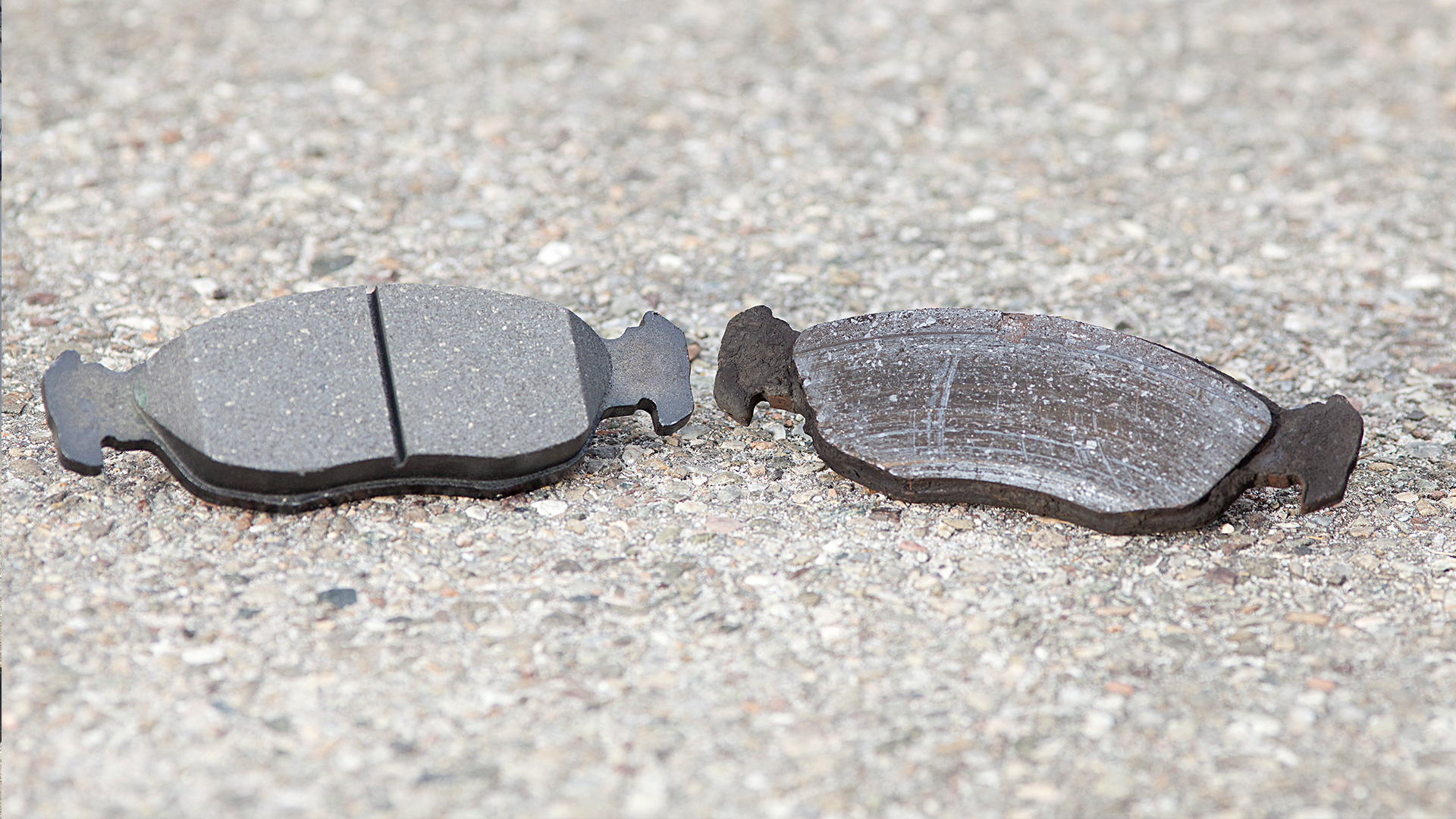Infiniti M45 Brake Booster Replacement Costs
Our mobile mechanics bring the shop to you 7 days a week.
Get a quote today for your Infiniti M45

Find Your Cost
Infiniti M45 Brake Booster Replacement Costs
AutoNation Mobile Service offers upfront and competitive pricing. The average cost for Infiniti M45 Brake Booster Replacement is $833. Drop it off at our shop and pick it up a few hours later, or save time and have our Delivery mechanics come to you.
Car
Location
Price

2008 Infiniti M45
4.5L V8 Base •
77,000 miles
,
CA 95655
$751 -
$917

2009 Infiniti M45
4.5L V8 X •
23,000 miles
,
CA 92037
$728 -
$890

2008 Infiniti M45
4.5L V8 X •
134,000 miles
,
CA 92225
$726 -
$888

2008 Infiniti M45
4.5L V8 Base •
120,000 miles
,
CA 92096
$825 -
$1,009

2006 Infiniti M45
4.5L V8 Sport •
184,000 miles
,
CA 91716
$717 -
$877
Why AutoNation Mobile Service?
We perform over 600 repair and maintenance services including oil changes, brakes, diagnostics, belts and hoses, and more. The best part? We come to you with all the necessary tools and parts.






